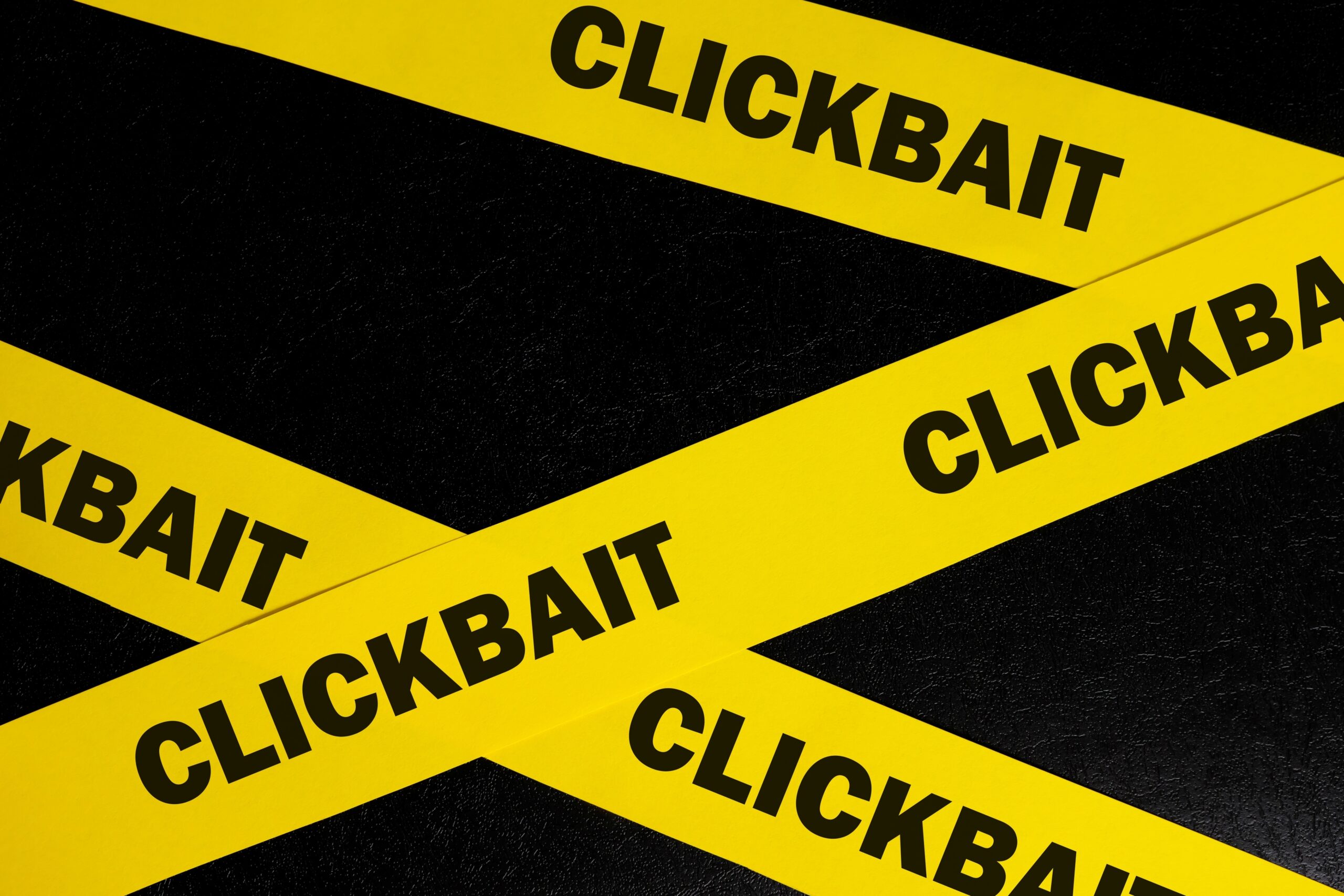Good Housekeeping / Bad Housekeeping
Everyone is entitled to their favorite brand or variety of canned tuna, and we don’t begrudge the writers and editors at Good Housekeeping for sharing a list of theirs with their readers. There are lots of perfectly fine reasons to prefer one kind over another. Maybe it’s the flavor, varieties or ingredients; maybe it’s availability in your neck of the woods; maybe it’s what your dad or your grandma used to pack in your lunch as a child; or maybe you just prefer one cartoon mascot above all the others.
But Good Housekeeping is simply wrong to insinuate that there is anything more dangerous or harmful about certain brands or varieties, at least when it comes to the ones Americans can find on their grocery store shelves.
Most glaringly, their list warns that white or albacore tuna contains “more than three times the mercury” of light tuna, made from skipjack, yellowfin, and the like. What they don’t say is that no canned tuna variety contains anywhere near enough mercury to approach levels of concern set by government authorities. In fact, you could eat tuna for breakfast, lunch, and dinner every day and not risk exposing yourself to worrying levels. It simply isn’t a consideration.
So the entire apparent basis for ranking brands like “Safe Catch” at the top of their list seems to disappear. As we’ve covered at length elsewhere, Safe Catch is marketing itself as a solution to a problem that doesn’t exist.
The list also falls for some of the oldest and emptiest claims peddled by the kind of brands who specialize in marketing on nonissues that sound superficially virtuous. Perhaps the most pernicious of which is the claim that pole-and-line caught fish are more “eco-friendly” than netted fish. But that reflects a naïve understanding of the pole and line process, which requires orders of magnitude more boats, hours, and fuel to fish than other methods, resulting in higher prices for consumers and higher greenhouse gas emissions for the environment. Pole and line certainly has a place in wild harvest fisheries as do many methods but the idea that it alone is some sort of eco-panacea is gullible.
Oh, and GoodHousekeeping boasts that consumers should choose one of its top picks because the brand’s cans are “BPA free”. But that is hardly unique. Most American canned tuna brands have made the intentional choice not to add BPA to their can liners.
We don’t want to complain too much, since after Good Housekeeping makes great, true points about the versatility, tastiness, and nutritional oomph of canned and pouched tuna. And for that we commend them. But when readers are told that taking advantage of everything tuna has to offer comes with a tricky calculus—and that you have to consider multiple complex variables to make sure your selection at the shelf isn’t going to do you more harm than good—they risk concluding that it’s more trouble than it’s worth. That could lead to them reaching for a less complicated—and less healthy, and less sustainable—alternative.


